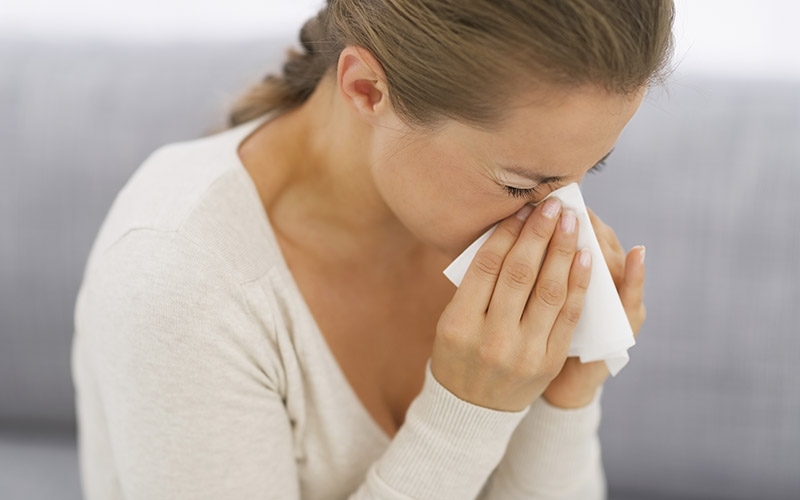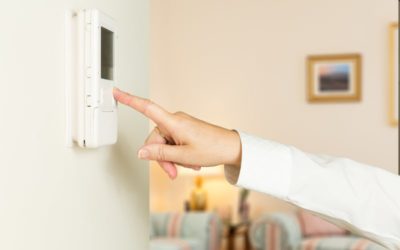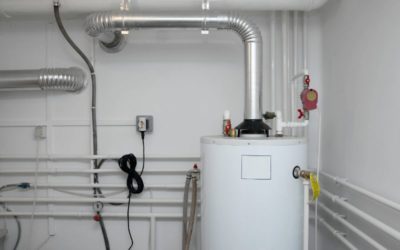According to the National Environmental Education Foundation, most people spend 90% of their time indoors. You might be surprised to learn that your home’s air is up to five times more polluted than the air you’d breathe in your own backyard. Read on to learn about three ways poor indoor air quality can impact your health and comfort in Suffolk, VA.
More Frequent Asthma Exacerbation and Attacks
If you or a member of your household has asthma, low indoor air quality could cause an exacerbation of the asthma symptoms. Asthma exacerbation means that it’s harder to breathe. You may have to increase your medication dose or frequency. Breathing in particles is a trigger for asthma attacks. Children with asthma are at the highest risk of experiencing worse asthma symptoms when breathing polluted indoor air.
Increased Respiratory Irritation and Illnesses
Poor indoor air quality is a common trigger for respiratory problems. Breathing in particles increases nasal and sinus congestion, which can lead to sinus infections. You may also have shortness of breath from breathing in the particles. Coughing and sneezing are more common when you breathe polluted indoor air. You may catch more bacterial and viral respiratory illnesses if others are coughing and sneezing in your home. The particles can also worsen symptoms of chronic obstructive pulmonary disorder and other chronic breathing conditions.
Decreased Comfort and Well-being
Poor indoor air quality decreases your comfort. When there are too many allergens in your home, you could experience itchy eyes, nose and throat. You could experience fatigue, dizziness and headaches when exposed to polluted indoor air. Excessive indoor humidity may cause your skin to feel clammy. High indoor humidity also makes it more difficult to cool off and feel comfortable.
Poor indoor air quality affects every aspect of your health. Young children and those with respiratory disorders are at the highest risk of health impacts from breathing polluted air. Contact Smiley’s Heating & Cooling today to learn about ways to improve your home’s air quality.




